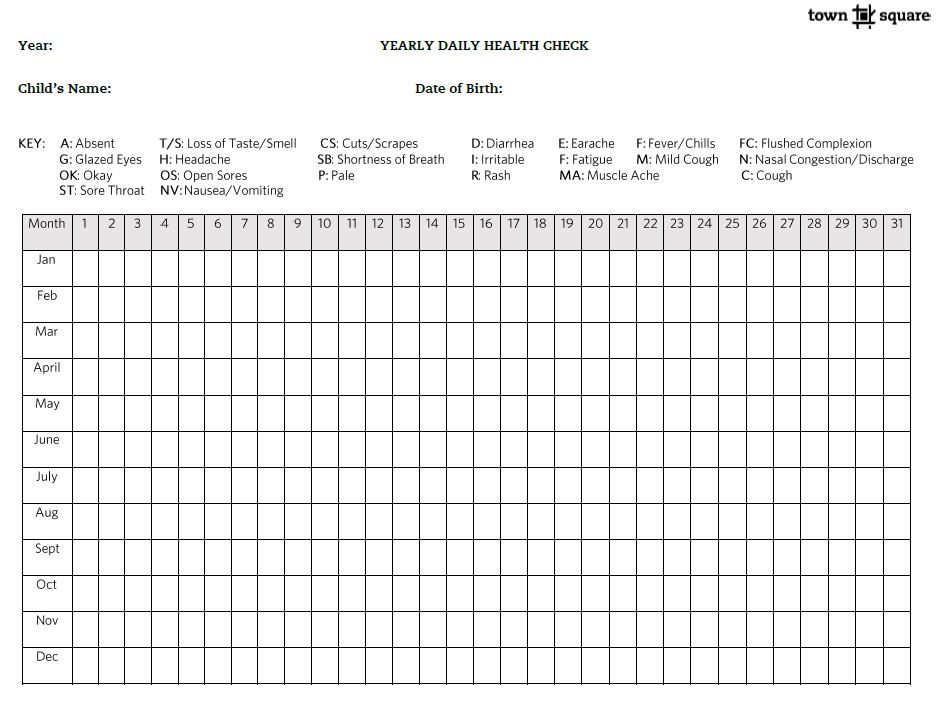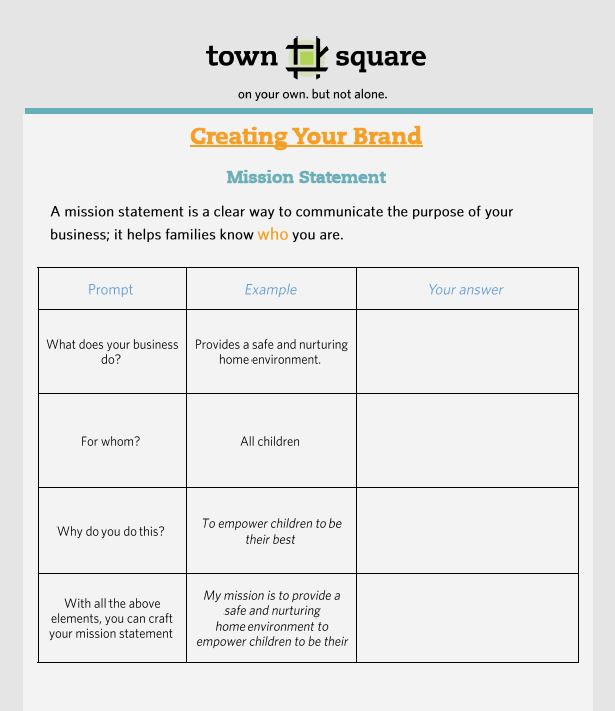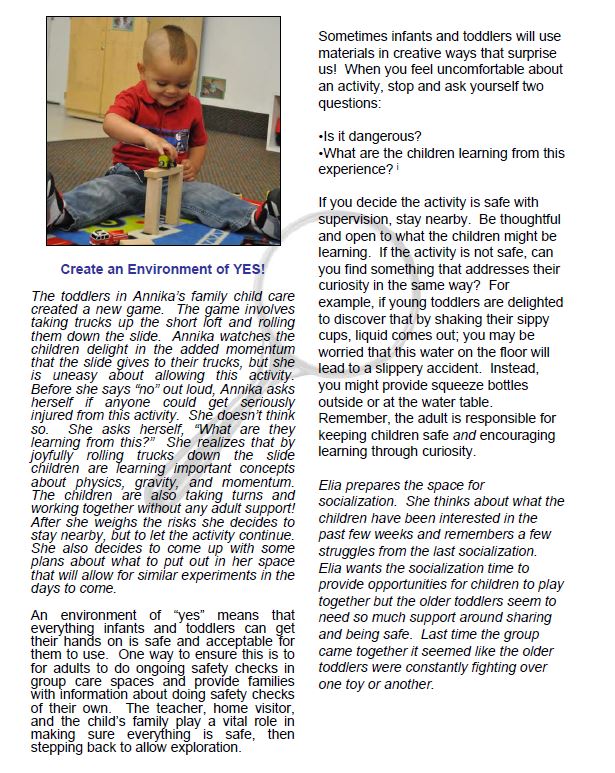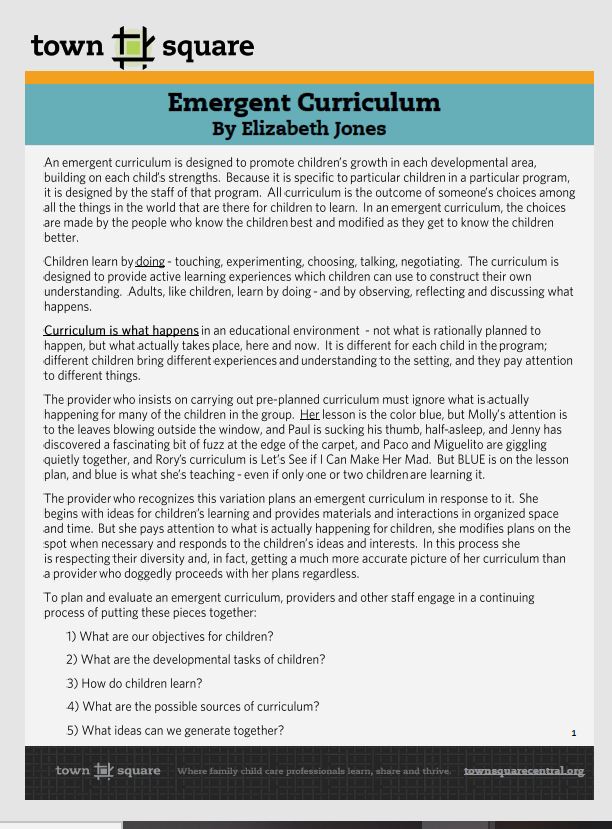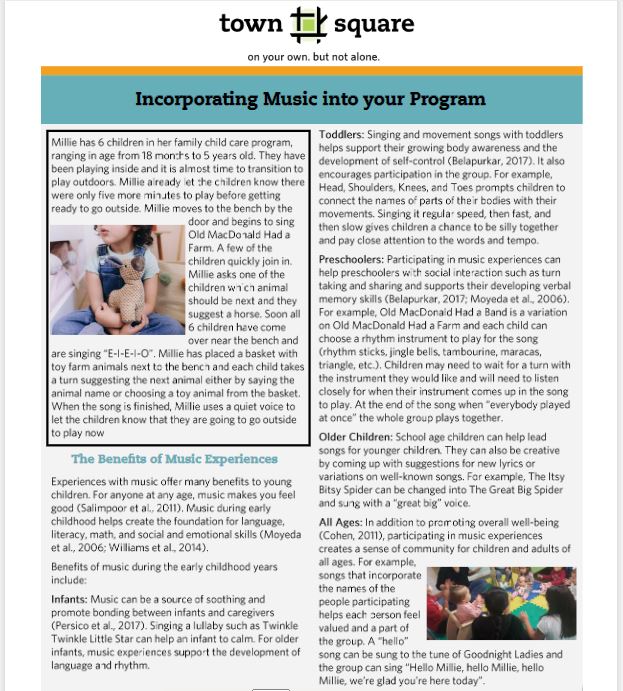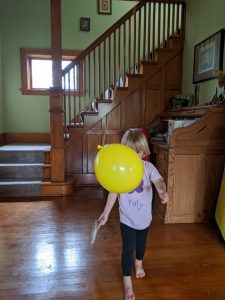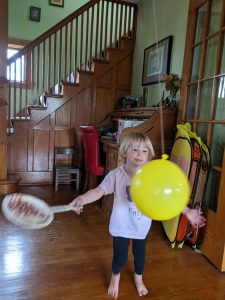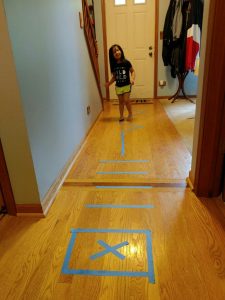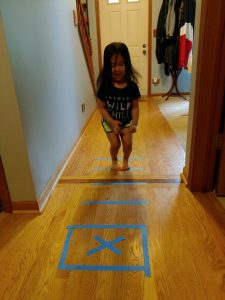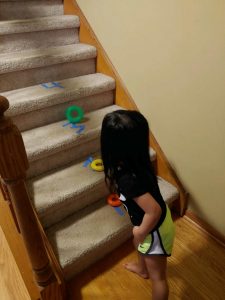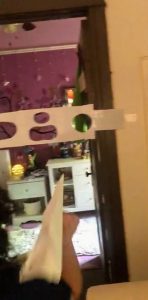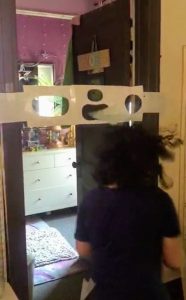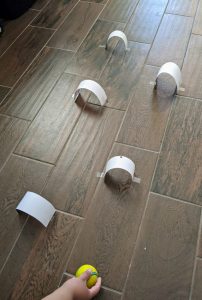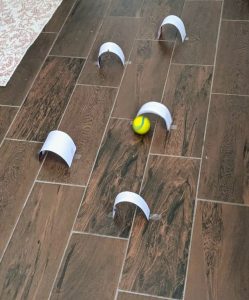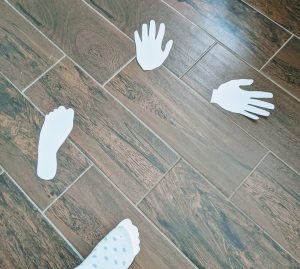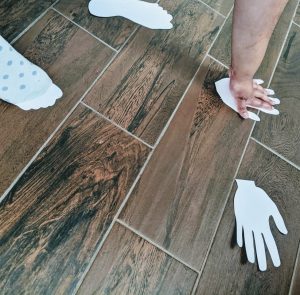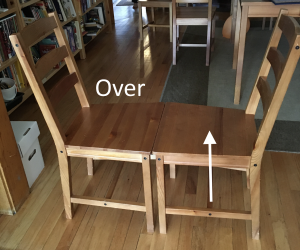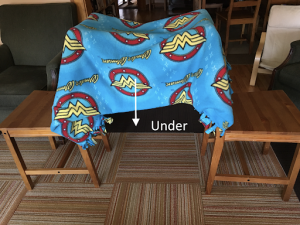When planning a child-focused curriculum, it’s important to notice how children are using the materials. This observation form is made to be used repeatedly over the course of a week or two to allow providers to notice how children are using materials, and plan what additional materials or provocations can be added to extend childrens’ interests. There are also spaces to note early learning standards that children are addressing through interacting with the centers.
Daily health screenings are a vital tool which help identify potential health risks and may reduce the transmission of infectious diseases in child care programs. Having a health check chart for each child can help providers keep accurate records and look for patterns.
Having a mission and philosophy statement is an essential part of any business; it sets the foundation for how you want to operate and why. Having a written statement can help in centering your business and effectively communicating with families. Use this Town Square-created resource to guide you in developing a mission and philosophy statement.
Young children learn through exploration of their environment. A safe and intentional space allows them the freedom to explore, practice new skills and have fun! This is especially true for infants and toddlers as they develop and learn new movement.
This resource from the Early Head Start Resource Center explores how to create a nurturing environment that is safe and accessible for infants and toddlers.
News You Can Use: Environment as Curriculum for Infants and Toddlers
Environment as Curriculum for Infants and Toddlers PDF
One of the most important tasks for young children is developing self-regulation, and the support of caregivers is critical in this process. This Town Square created handout offers information on what is involved in self-regulation, why it is important, and how responsive caregiving can support it.

Emergent curriculum resource guide written by Elizabeth Jones adapted by Town Square for Family Child Care Providers
Instinctively, we are all drawn to music, singing, playing an instrument, dancing, or humming a tune. Music can help us relax, focus and feel happier. Music isn’t only for adults; children are drawn to music, too, and there is tremendous benefit from it.
This research-to-practice resource created by Town Square showcases the benefits of music experiences for children and ways to incorporate music throughout the day in your program.
Town Square Research to Practice Statements offers information from theory and research with examples and suggestions for what it means in your work with children. This RtoP focuses on parent engagement and how to develop a healthier relationship with parents.
Part 2 – Indoor large motor play activities for programs with limited access to an outdoor space, bad weather, or to share with families
Balloon ping pong – Using a paper plate or piece of cardboard and a stick, create a simple paddle. Then tie a string to a balloon and hang it down from the ceiling or doorway. Invite the children to hit the balloon with the paddle.
Tape maze – Use painters’ tape to make a fun maze on the floor. Ask children to then walk, hop, skip and jump to follow the tape. Different lines or shapes can indicate different ways to move. You can also use the maze for a car road by moving toy cars along the tape.
Hit the target toss – Using a bean bag, soft toy or plastic ring, add a mark on each step of a staircase. Add some extra fun and put numbers, colors or shapes on each stair. Ask each child to toss the object at the designated targets. You can also try this on a flat surface, just be sure to arrange the targets further apart from one another.
Paper airplane challenge – Take some paper and use some to cut out shapes of different sizes as targets, then tape the paper with the cut out targets across a doorway. Have children create their own airplane to try to fly through the targets. Encourage creating different kinds of paper planes and challenge the children to fly their airplane through different targets.
Ball Maze – Cut out strips of paper and then use tape to place them on the floor, arrange the arches to create a maze. Using a ball, ask children to roll under the arches to the end of the maze.
Simon Says – Play an active game of Simon Says, using paper cutouts of handprints or footprints, call out the name of the body part to have children move to reach the printout. Try adding different learning concepts, use shapes, colors, numbers depending on the children in your care.
Obstacle Course – Have each child design one part of an obstacle course and take a photo of it, shuffle the order of the photos to decide the order of the obstacle course, you can also draw the order or have children guide one another through the course.
Printable version Indoor large motor activities 2parte

